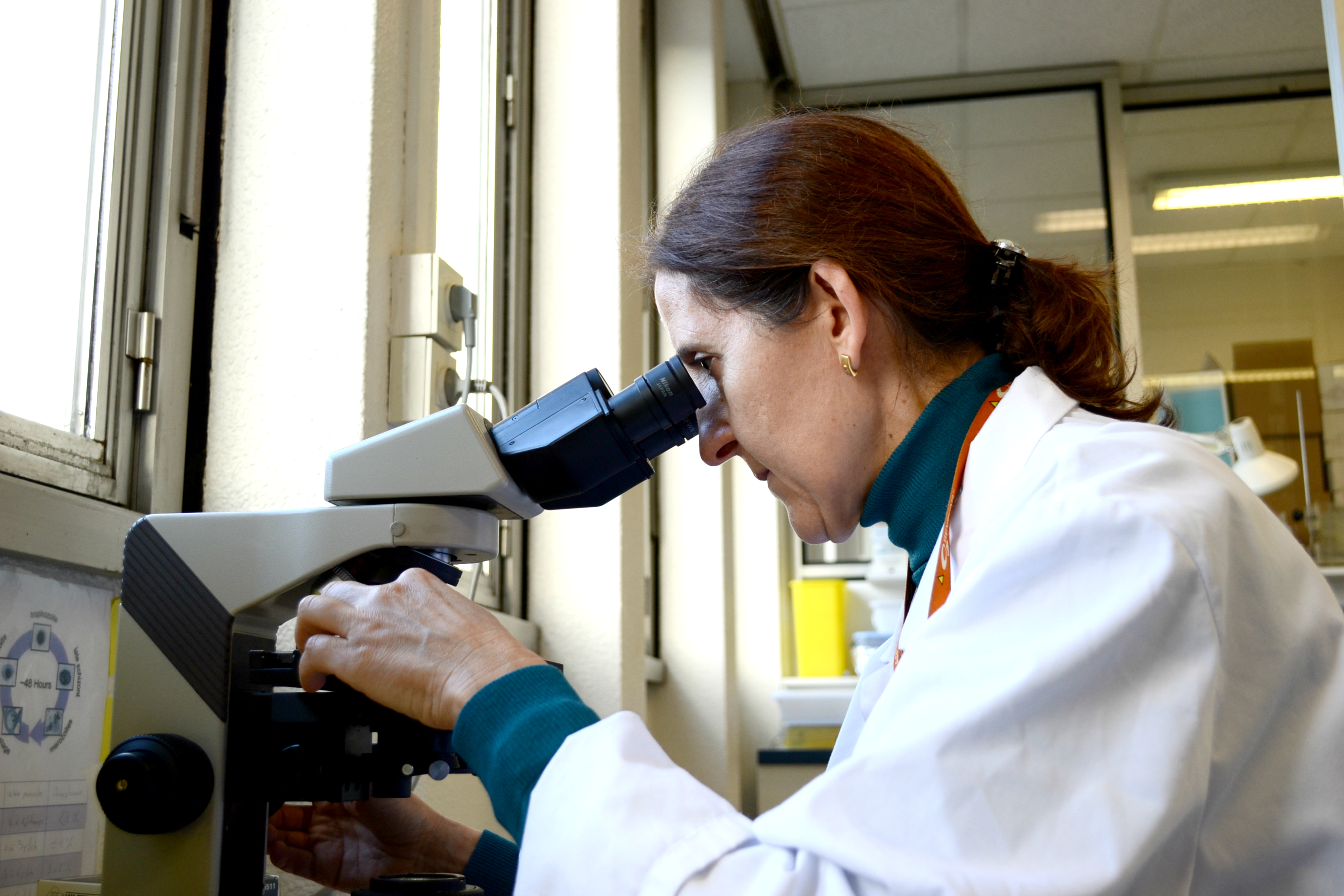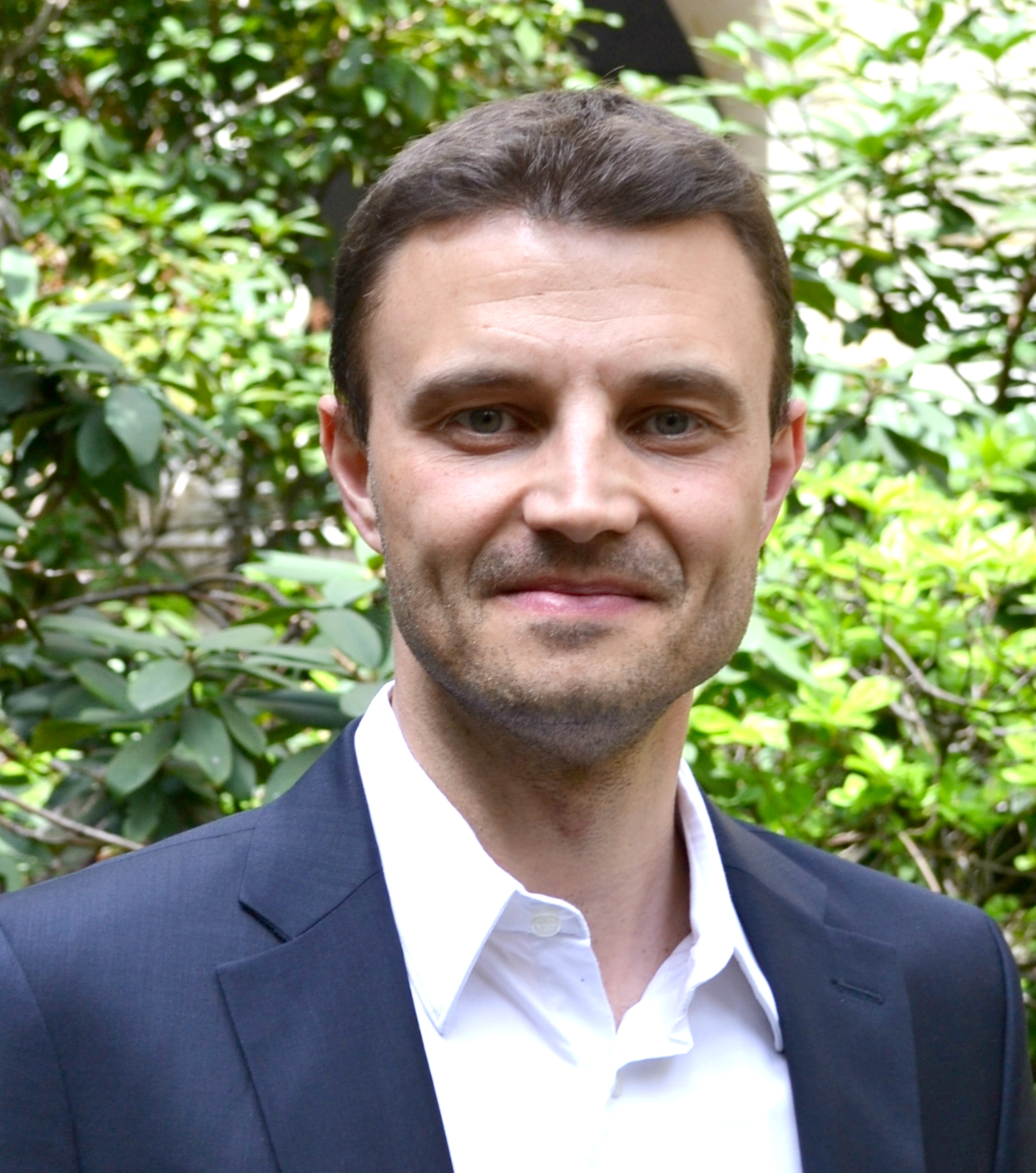European Investment Fund backs France’s first academic spinouts fund
From life-saving cancer treatments to innovative digital technology, academic spinouts take research out of the lab and into the market
Angelita Rebollo is a fun-loving Spaniard whose email signature includes the message, “When life hands you a lemon, bring out the tequila and salt.” She also has a brilliant scientific mind, which she uses to kill—cancerous cells, that is.
In her laboratory at Université Pierre et Marie Curie in the historic Pitié-Salpêtrière Hospital near the banks of the Seine in central Paris, Rebollo has developed a technique for blocking specific functions of proteins that turn a healthy cell into a cancer cell. The treatment could help people with a range of illnesses, though initial results suggest it will first be used to treat ovarian cancer and severe types of breast cancers. While chemotherapy causes numerous side-effects by destroying many good cells along with the cancerous ones, Rebollo’s targeted therapy kills only the cancerous cells.
Her research into the topic started 17 years ago in Madrid and led her to found a company, PEP-Therapy, with a few other scientists working at prestigious French research institutions. The company name comes from the molecules at the heart of Rebollo’s research—cell-penetrating and interfering peptides—and the company’s role is to convert this scientific breakthrough into a medicine that can be used to save lives.
“The reason we created the company was to translate the research from the bench to the hospital,” says Rebollo. “The objective is to develop a molecule that will help many, many people.”
A first academic spinout fund in France

Rebollo in the lab
PEP-Therapy received EUR 1 million of support from Quadrivium 1, the first French investment fund to provide seed funding for life sciences and digital technology projects that start out at—or are linked to—a dozen French academic research institutions. It’s a model that was pioneered by US universities. In Europe it has been taken up most strongly in the UK. But it hasn’t been done before in France. “It has been challenging to introduce this concept to France,” says Philippe Tramoy, the Quadrivium 1 partner who manages its life sciences portfolio. “We’re the first one, so everybody is watching us to see if this is something they can follow.”
U.S. universities have long “spun out” their research into separate companies. Genentech was founded in 1976 by a University of California, San Francisco biochemist and, in 2009, was bought by a Swiss company for USD 46.9 billion. The Lycos search engine started as an academic project at Carnegie Mellon University in Pittsburgh and was sold for USD 36 million in 2010. A university tends to earn more money ultimately by developing a product than by simply licensing its research to a big company for further development. Equity stakes in the academic spinouts also encourage researchers to remain at their academic posts, instead of taking higher-paid positions in private industry.
Investment Plan for Europe backing
Beyond the US, academic spinouts have been taken up to the tune of hundreds of millions of pounds in the UK. Last year the European Investment Bank loaned GBP 50 million to Imperial Innovations, a company that takes research produced primarily at London’s Imperial College and develops businesses in biotech and life sciences. That followed a previous GBP 30 million EIB loan to Imperial Innovations in 2013. There are successful spinout funds at other UK universities, including Oxford, Cambridge and University College London.
But Quadrivium 1 was a French first when it started in December 2013, managed by a team at Seventure Partners and funded by several investors, including Bpifrance, a subsidiary of Caisse des Dépôts. On 29 April, the fund got a EUR 20 million injection from the European Investment Fund, a part of the EIB Group, taking Quadrivium 1’s total financing to EUR 56 million.
The EIF’s investment was backed by a part of the EU’s Investment Plan for Europe, the European Fund for Strategic Investments, which targets innovative projects.
Lessons in academic spinout culture
Before setting up Quadrivium 1, Tramoy worked largely on deals with US companies and firms elsewhere in Europe. He was unsure at first if academic spinouts would work in France. “It’s really a question of spirit or culture. In the Anglo-Saxon world, they look at future revenues to value the company. In France they generally look at the last three years,” he says. “That’s like judging only the surface of the water and not examining the depths.”
If Quadrivium’s investments succeed, that attitude will change, he believes. So far the fund has invested in eight companies:
Each of these companies started out at one or more of the 12 research institutions that are involved with Quadrivium:
- Université Pierre et Marie Curie (UPMC)
- Université Paris II (Panthéon-Assas)
- Université Paris IV (Sorbonne)
- Musée National d’Histoire Naturelle
- Université Technologique de Compiègne
- Centre national de la recherche scientifique (CNRS)
- Institut Curie
- Fondation Pierre Gilles de Gennes
- Fondation Voir et Entendre
- Paris Sciences et Lettres (PSL)
- Institut de Recherche et Coordination Acoustique/Musique (IRCAM)
- École Nationale Supérieure de Creation Industrielle (ENSCI)
Quadrivium 1 intends to invest in only 16 to 20 companies, though Tramoy plans ultimately to create a second fund. Rather, Quadrivium 1 is focused on supporting the next stages of development for its companies. That’s important in life sciences, for example, where it takes many years to bring a product from—as Angelita Rebollo puts it—the bench to the hospital.
Academic spinout key: Be a strong partner

PEP-Therapy CEO and co-founder Antoine Prestat
PEP-Therapy is currently starting studies to confirm the safety of its compound. After that it will conduct clinical trials. Still it will be three years before the company can truly demonstrate the clinical “proof of concept” of its product. At that point it will license its drug to a big pharmaceutical company for the final stages of development. Rebollo and her colleagues won’t see their product as a real medicine for perhaps eight years, though it will be used in hospitals throughout the clinical trials. “It’s a long path,” says Antoine Prestat, a biologist with an MBA who’s also a PEP-Therapy co-founder and its chief executive. “It’s very important to have a fund like Quadrivium which has links to research and public institutions, and to start-up companies. There is an understanding of the process there and an awareness of the potential.”
After its initial investment in PEP-Therapy, Quadrivium 1 expects to contribute to the funding of the next stage of development. Tramoy notes that, in turn, this will enable PEP-Therapy to raise still more money from investors who see Quadrivium 1’s support as a sign that the company is a good long-term prospect. “You have to be a strong partner,” he says. “When the development is successful, you have to be able to reinvest in a company. It creates trust so that other investors will come in.”
The economics of scientific research are not lost on Angelita Rebollo. After all, she left her post in Madrid because funds for research were scarce in Spain and she settled in Paris only after stints in Germany and Belgium. “Quadrivium’s investment helps us pay for the development stages,” she says. “We needed funds to find this molecule—this molecule which will hopefully save lives.”
That’s worth any amount of money.
